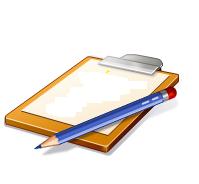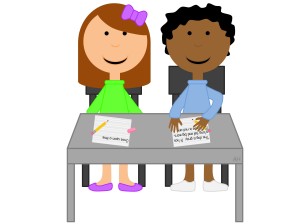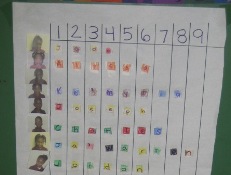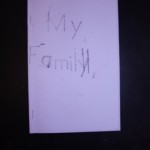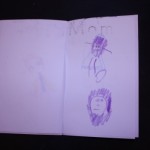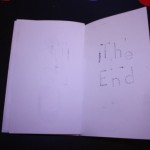One of the grade level expectations for young children is that they can write for different purposes or to different audiences. In one of my earlier posts, I encouraged you to allow your child to write a survey to collect information. In another to write a letter, and in other posts I have provided other means of giving your child meaningful writing experiences.
Today I am going to ask you to get out your child’s clipboard and pencils and tell them that ya’ll are going to go on a pretend trip to the make-believe grocery store. Tell your child at the make-believe grocery store you can buy whatever groceries you want for free.
Ask them to help you come up with a list of all the items that they hope might be on the aisles.
Each time they name something, get excited for their idea. If they name something that isn’t a grocery item say “hmmm….we’ll have to put that on our make-believe ______ (pet store, mall, -or whatever it applies to – list.”
As they name items say “Hmmm…I wonder what letter would make the sound at the beginning of that word??” If they say something like “Popsicle Candy” you might say “/p/ /p/ /p/ Popsicle candy…do you know what letter might make that sound?”
If your child is beyond beginning sounds ask them to “pull out” other sounds they hear in the word.
You should have a clipboard out too, writing down each item. Guide, model, share, but don’t overwhelm your child with technique. If your child is writing well, this can always be a “draft” and you can go back the next day and ask them to make it super neat so you can put it in their Fun Work Binder.

